Lam Dong is an ancient land and has traces of human habitation from prehistoric to early historical times. That has been proven through surprising and interesting archaeological discoveries with archaeological sites excavated and researched.
Lam Dong is an ancient land and has traces of human habitation from prehistoric to early historical times. That has been proven through surprising and interesting archaeological discoveries with archaeological sites excavated and researched.
Prehistoric archaeological sites discovered and excavated in Lam Dong up to this point include: Phu My (Cat Tien), Hoan Kiem, Village 4 - Gia Lam and Phuc Hung (Lam Ha).
Phu My archaeological site
Phu My site is located in Hamlet 3, Phu My Commune, Cat Tien District, Lam Dong Province in the alluvial soil layer of Dong Nai River. Through two excavations in 1998 and 2006, thousands of relics with diverse types and materials were revealed.
Among them are stone relics such as: axes, pestles and grinding stones; axe molds; grinding tables along with hundreds of ceramic trowel specimens; vases, jars, pots...
In particular, during the excavation at this site, bronze pouring tools, "ceremonial" axe molds, bronze axe blades with spread blades, bamboo-shaped beads and stone beads used to make ancient jewelry were also discovered.
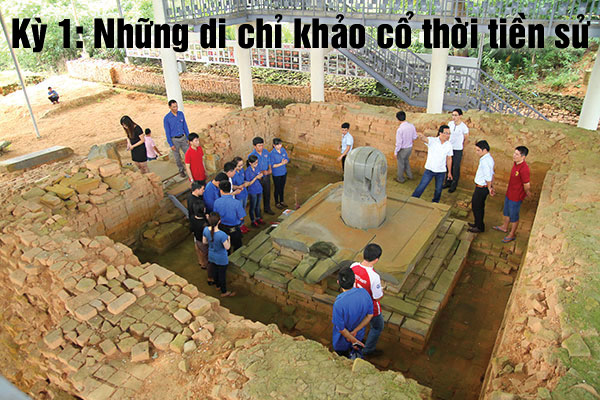
Visitors look at architectural and religious art vestiges at Cat Tien Archaeological Site (Lam Dong Province). Photo: P.Nhan.
Based on the data of ceramic relics densely exposed in the cultural layer, and through a large number of ceramic trowels and beads, it can be determined that this is a place of residence interspersed with the remains of a pottery workshop, bronze casting workshop, and jewelry making of prehistoric humans dating back about 2,200 - 2,500 years ago.
Hoan Kiem Archaeological Site
The Hoan Kiem site is located in Hoan Kiem village, Nam Ha commune, Lam Ha district, Lam Dong province. The site is located in a valley terrain with very deep cuts, narrow and winding in the Northeast - Southwest direction. The site was discovered by local people while digging a fish pond in the garden.
The excavation was conducted in January 2008. Artifacts recovered from the site were relics made of opal, including: flakes, flakes (products of the process of pounding on an anvil with the support of chisels).
There are many different shapes and sizes such as: polygonal, shell-shaped, oval, quadrilateral, triangular, semicircular, and bird-wing shaped. Along with that is a collection of more than 10,000 opal stone tools and scraps such as: scythe-shaped objects, quadrilateral axe-hoe-shaped objects.
From the discovery of relics such as flakes, rough objects, and stone cores concentrated with high density in the excavation pit, along with the discovery of a large amount of opal in the surrounding area, it is possible to say that Hoan Kiem was an area for manufacturing tools like a workshop with a complete process of ancient residents in Lam Dong dating back about 4,000 years ago.
Archaeological site of Village 4 (Gia Lam)
The site of Village 4 is located on a mound of land in the middle of the Cam Ly Lower Stream Junction, where Mr. Thach Van Son reclaimed land for coffee plantation, in Gia Lam commune, Lam Ha district, Lam Dong province.
The site was discovered by the History Department of Dalat University in 2005 and was jointly excavated by Dalat University, the Institute of Archaeology, and Lam Dong Museum in 2006. The artifacts recovered were mainly stone and ceramic objects. There were more than 7,000 specimens of stone axes, grinding wheels, stones, saws, sketches, stone cores, ochre, leaf-shaped stones, groups of opal, basalt, and phtanite scraps.
Regarding ceramic relics, 127 pieces were discovered here, mainly fragments from earthenware pots, without patterns, crafted with turntable technique.
From the artifacts discovered that were used, such as axes, grinding tables, pottery, and jewelry, it has been shown that this is an ancient residential site, with workshop elements. The estimated age is about 3,000 to 3,500 years ago.
Phuc Hung archaeological site
Phuc Hung site is located on a high hilltop, surrounded by a series of crescent-shaped hills in Phuc Hung village, Tan Ha commune, Lam Ha district (Lam Dong province).
The site was discovered and excavated in 2009. The artifacts discovered here are mainly flakes and flakes. Through the excavation process and the results obtained, archaeologists have come to the conclusion that this is also "a workshop site with the nature of a prehistoric stone tool workshop with opal as raw material.
The estimated age is the same period as Lam Ha areas such as Thon 4, Hoan Kiem and there is a connection between the relics in terms of materials, types of tools, and stone carving techniques" (according to Bui Chi Hoang, Nguyen Khanh Trung Kien, Le Hong Phong).
The discovery of prehistoric archaeological sites in Lam Dong, with thousands of stone tools and objects along with collections of "Stone instruments" (more than 100 pieces) mysteriously buried underground, has shown that Lam Dong - the Southern Central Highlands is an ancient land, where humans have lived since the dawn of history.
Source: https://danviet.vn/mot-vung-rung-lam-dong-dao-khao-co-phat-lo-la-liet-hien-vat-co-100-thanh-thach-cam-chon-bi-an-20240826110635178.htm





![[Photo] Prime Minister Pham Minh Chinh chairs conference on anti-smuggling, trade fraud, and counterfeit goods](https://vphoto.vietnam.vn/thumb/1200x675/vietnam/resource/IMAGE/2025/5/14/6cd67667e99e4248b7d4f587fd21e37c)


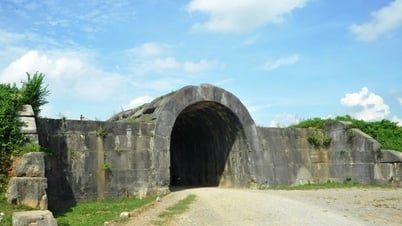



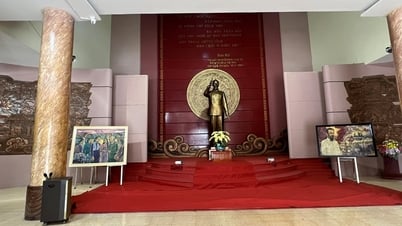
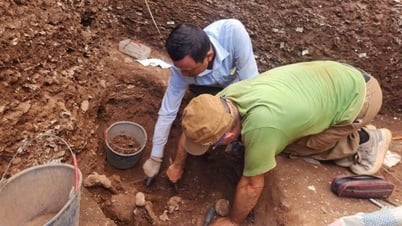
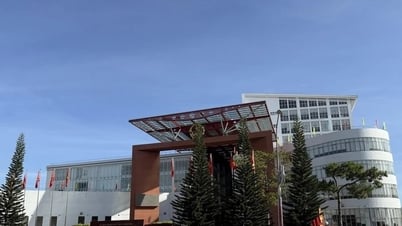

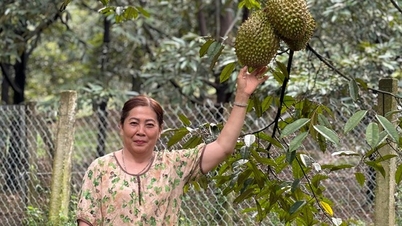





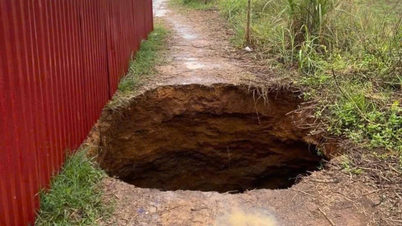

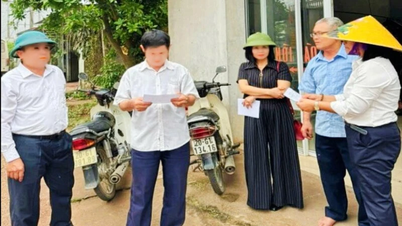




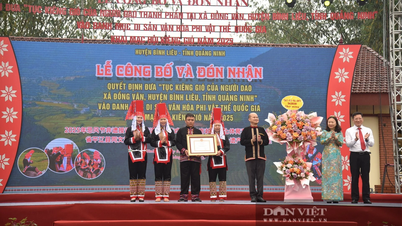
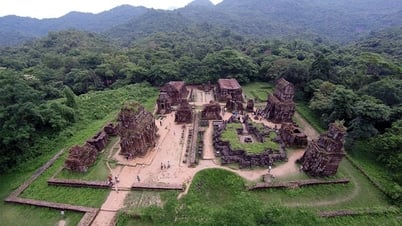

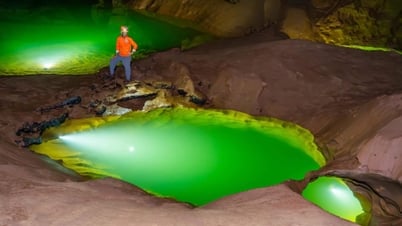


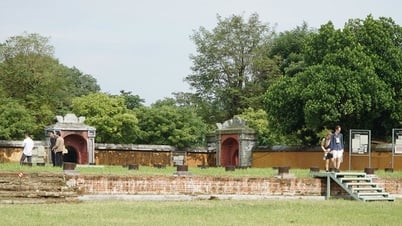
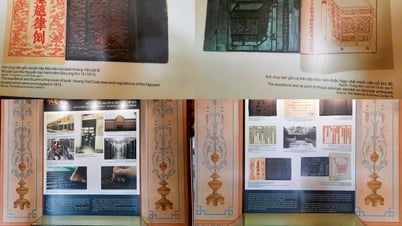



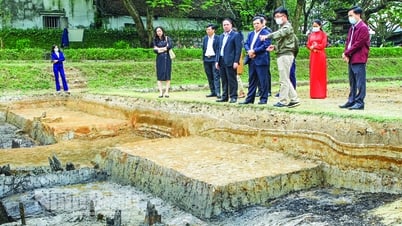







































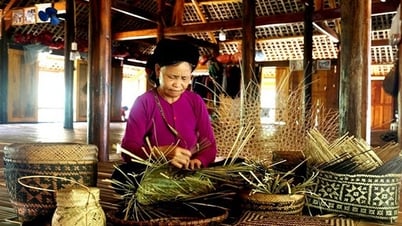




















Comment (0)